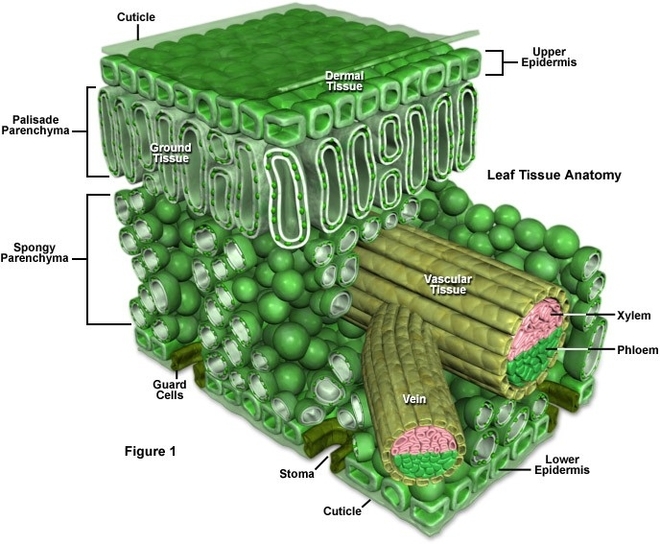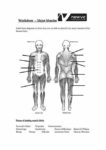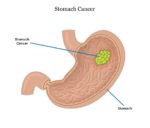Leaf Structure in Trees
Leaves are the primary photosynthetic organs of a tree, playing a crucial role in the tree’s survival and growth. They are responsible for the absorption of light and carbon dioxide for photosynthesis, the process by which trees convert light energy into chemical energy.
External Structure
Typically, a leaf consists of a broad expanded blade (the lamina), attached to the plant stem by a stalk-like petiole. Leaves may be simple or compound. In a simple leaf, the blade is either completely undivided or has lobes, but the separation does not reach the midrib. In a compound leaf, the leaf blade is completely divided, forming leaflets.
Internal Structure
The internal structure of a leaf is composed of several layers of tissue, each playing a significant role in the leaf’s functioning:
1. Epidermis: The leaf’s outer layer and protective “skin” surrounding leaf tissues.
2. Cuticle: A waxy protective coating on the leaf epidermis that prevents water loss.
3. Palisade Layer: A tightly packed layer of long tube-like parenchyma tissues filled with chloroplasts for photosynthesis.
4. Spongy Mesophyll: Layer of parenchyma tissues loosely arranged to facilitate movement of oxygen, carbon dioxide, and water vapor.
5. Vascular Bundle: Xylem and phloem tissues, commonly known as leaf veins.
6. Stomata: Natural openings in leaves that allow for gas exchange.
7. Guard Cells: Specialized cells that open and close the stomata.
Function of Leaves
Leaves serve as the primary site for photosynthesis, a process where the green pigment in leaves, chlorophyll, uses sunlight, carbon dioxide, and water to produce life-sustaining carbohydrates (sugars). Leaves are also responsible for respiration and transpiration, supporting evapotranspiration, which allows the tree to move water and nutrients up from the roots.
Through small openings on the leaf, called stomata, a tree can regulate moisture and gases. With the exchange of water and the absorption of carbon dioxide during photosynthesis, the release of life-sustaining oxygen occurs as a by-product.
Conclusion
The structure of a leaf is a marvel of nature’s design, perfectly adapted for its role in photosynthesis and gas exchange. Understanding this structure provides insight into the intricate workings of trees and the broader ecosystem they inhabit..



